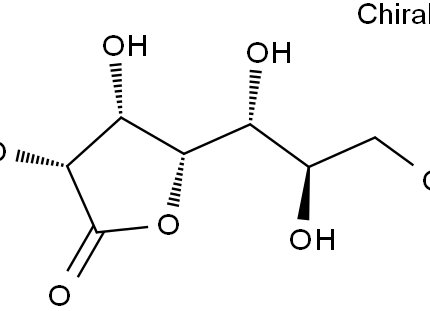Cat Number : A14-1053
Hyaluronic Acid (11kDa) (CAS No. 9004-61-9) is a low molecular weight variant of hyaluronic acid, a naturally occurring glycosaminoglycan widely recognized for its exceptional hydrating and skin-rejuvenating properties. With a molecular weight of 11 kDa, this form penetrates deeper into the skin compared to higher molecular weight variants, making it ideal for targeted skincare and biomedical applications.
Chemical and Physical Properties
- CAS Number: 9004-61-9
- Molecular Formula: C₂₈H₄₄N₂O₂₃
- Molecular Weight: 423.39 g/mol

